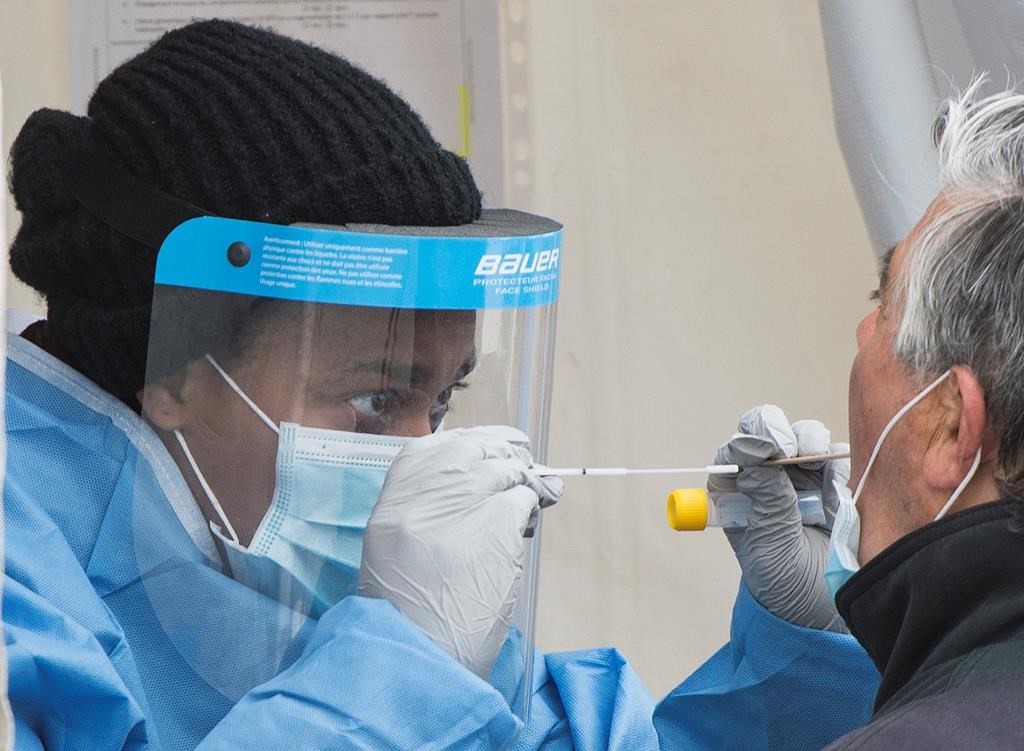Saskatchewan reported no new coronavirus case on Sunday, keeping the overall number of cases in the province at 650.

Health officials reported 12 more recoveries, bringing the total number of people who have recovered from the virus in Saskatchewan to 623.
Active cases dropped to 16 from the 28 reported on Saturday. Active cases make up 2.5 per cent of the province’s total cases.
The far north has the most active cases, with eight reported in the area.
Other regions with active cases are Regina (four), Saskatoon (two), the north (one) and the south (one).
One person is in intensive care in Saskatoon.
There have been 11 deaths in the province attributed to COVID-19.

Here is a breakdown of total Saskatchewan cases by age:

Get weekly health news
- 97 people are 19 and under
- 230 people are 20 to 39
- 199 are 40 to 59
- 106 people are 60 to 79
- 18 people are 80 and over
Males make up 48 per cent of the cases, females 52 per cent.
Officials said 391 cases are linked to community contact or mass gatherings, 143 are travel-related, 79 have no known exposure and 37 are under investigation by public health.
Saskatchewan has completed 51,693 tests so far for the virus, up 512 from Saturday.
Testing for COVID-19 is now available to anyone working outside the home, or anyone returning to work as part of Saskatchewan’s reopen plan.
Testing is also available for immunocompromised people and those admitted to acute care for more than 24 hours, including expectant mothers.
Questions about COVID-19? Here are some things you need to know:
Symptoms can include fever, cough and difficulty breathing — very similar to a cold or flu. Some people can develop a more severe illness. People most at risk of this include older adults and people with severe chronic medical conditions like heart, lung or kidney disease. If you develop symptoms, contact public health authorities.
To prevent the virus from spreading, experts recommend frequent handwashing and coughing into your sleeve. They also recommend minimizing contact with others, staying home as much as possible and maintaining a distance of two metres from other people if you go out. In situations where you can’t keep a safe distance from others, public health officials recommend the use of a non-medical face mask or covering to prevent spreading the respiratory droplets that can carry the virus.
For full COVID-19 coverage from Global News, click here.







Comments